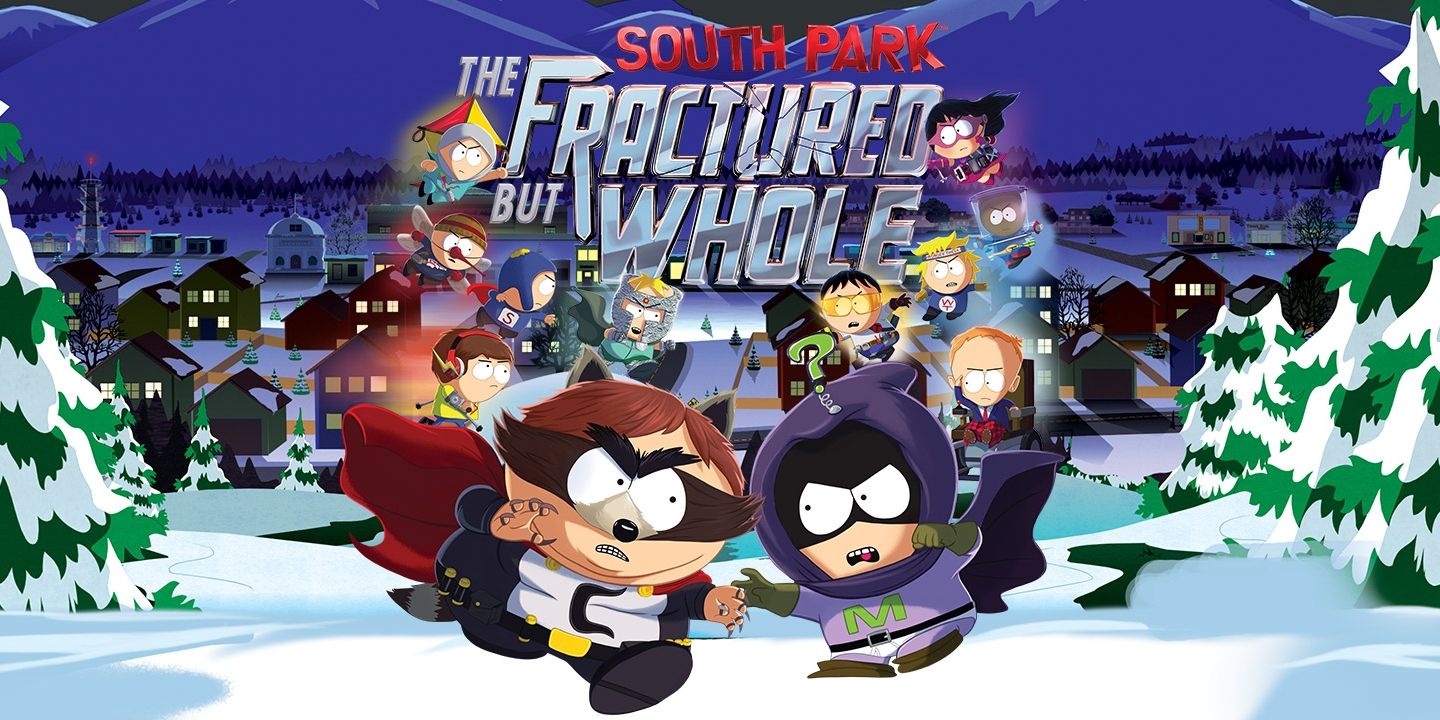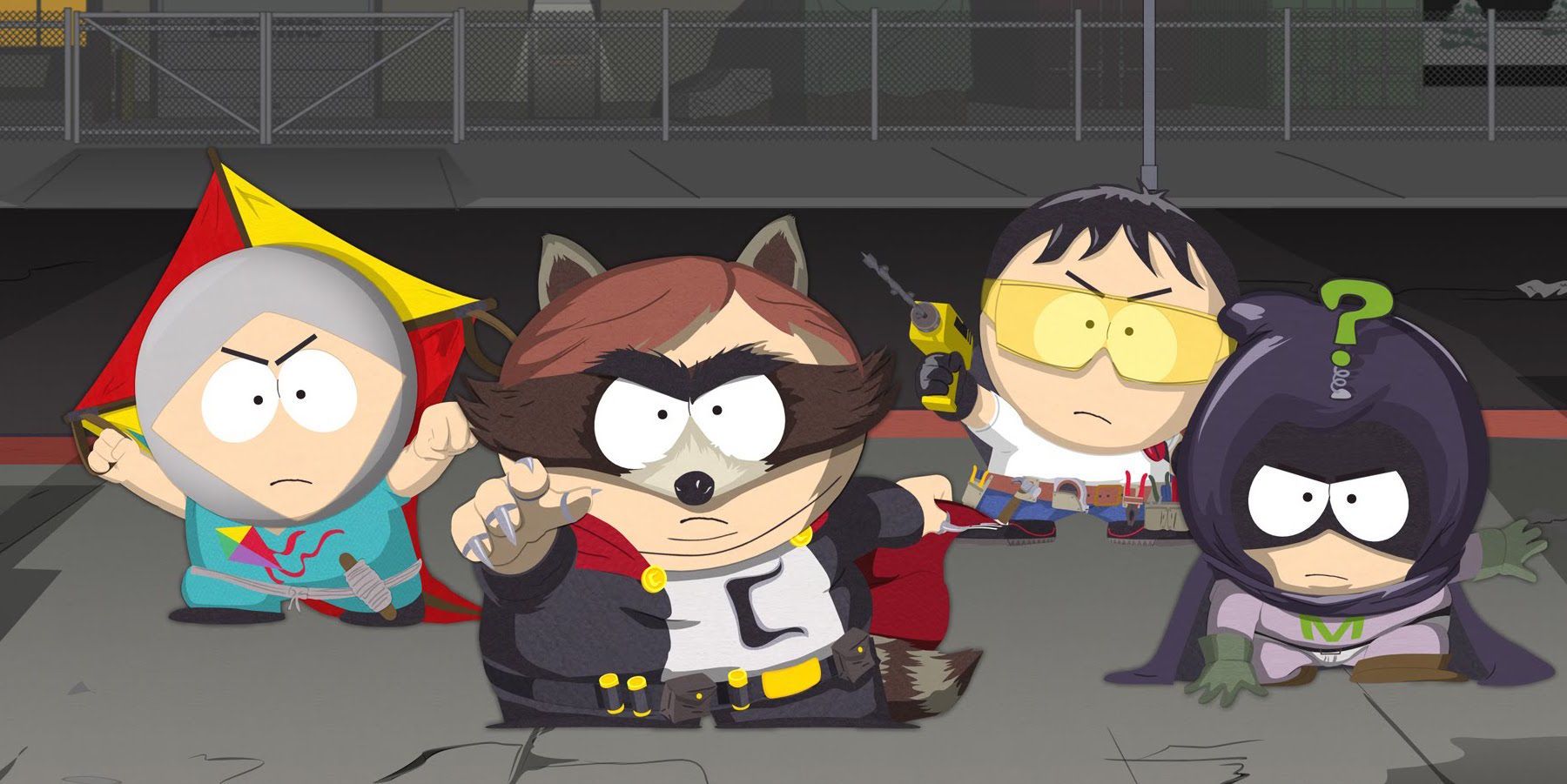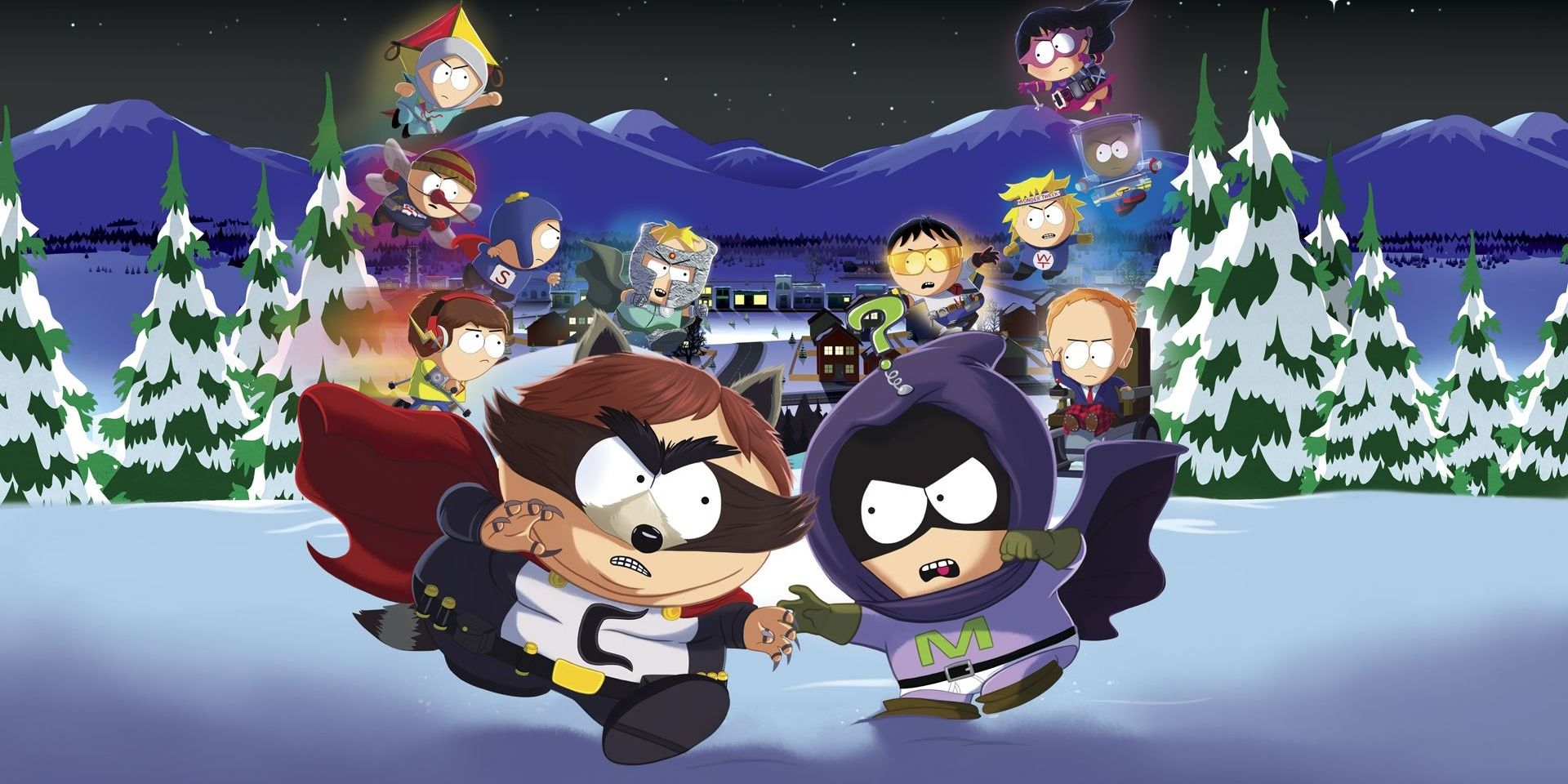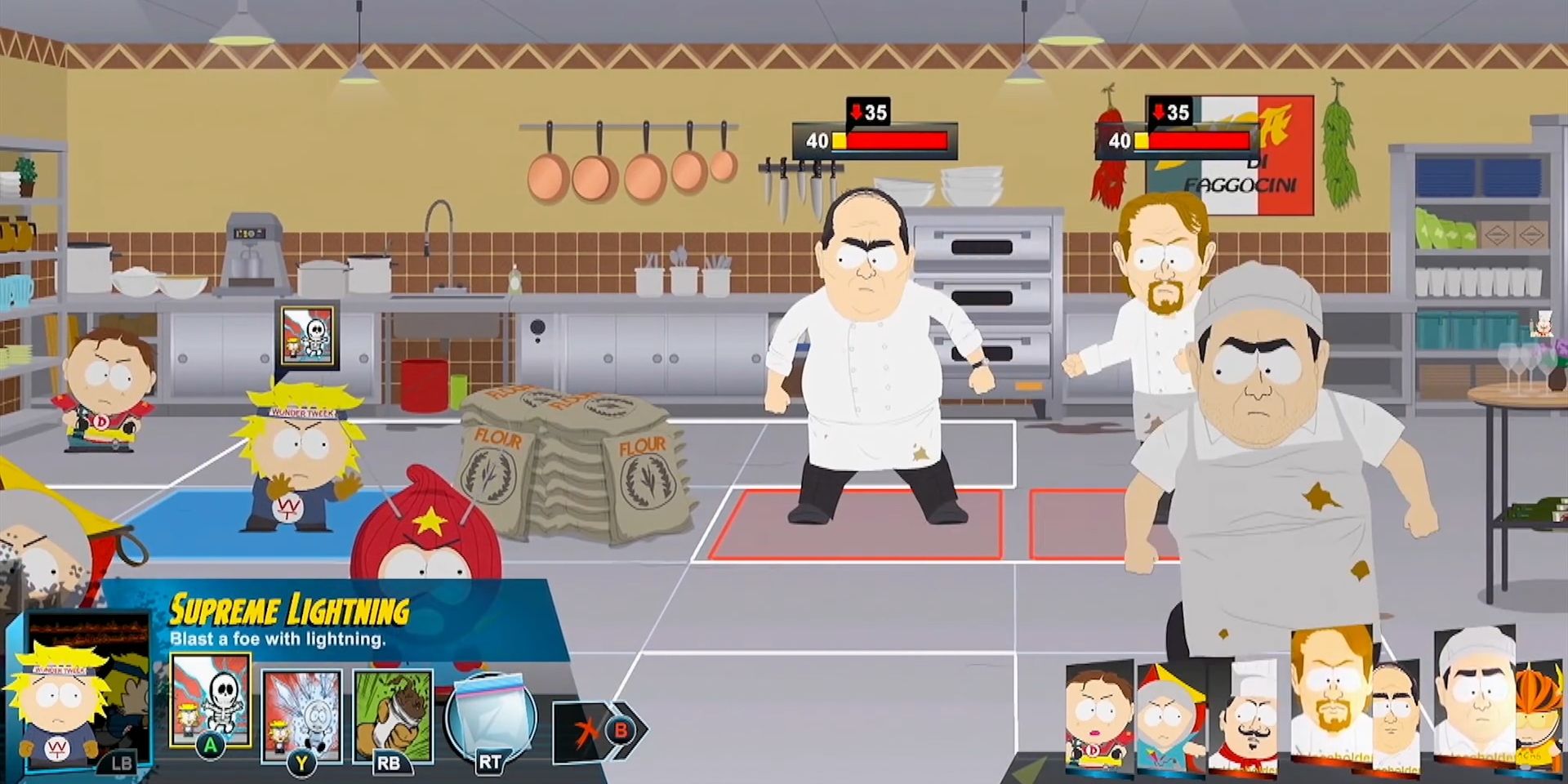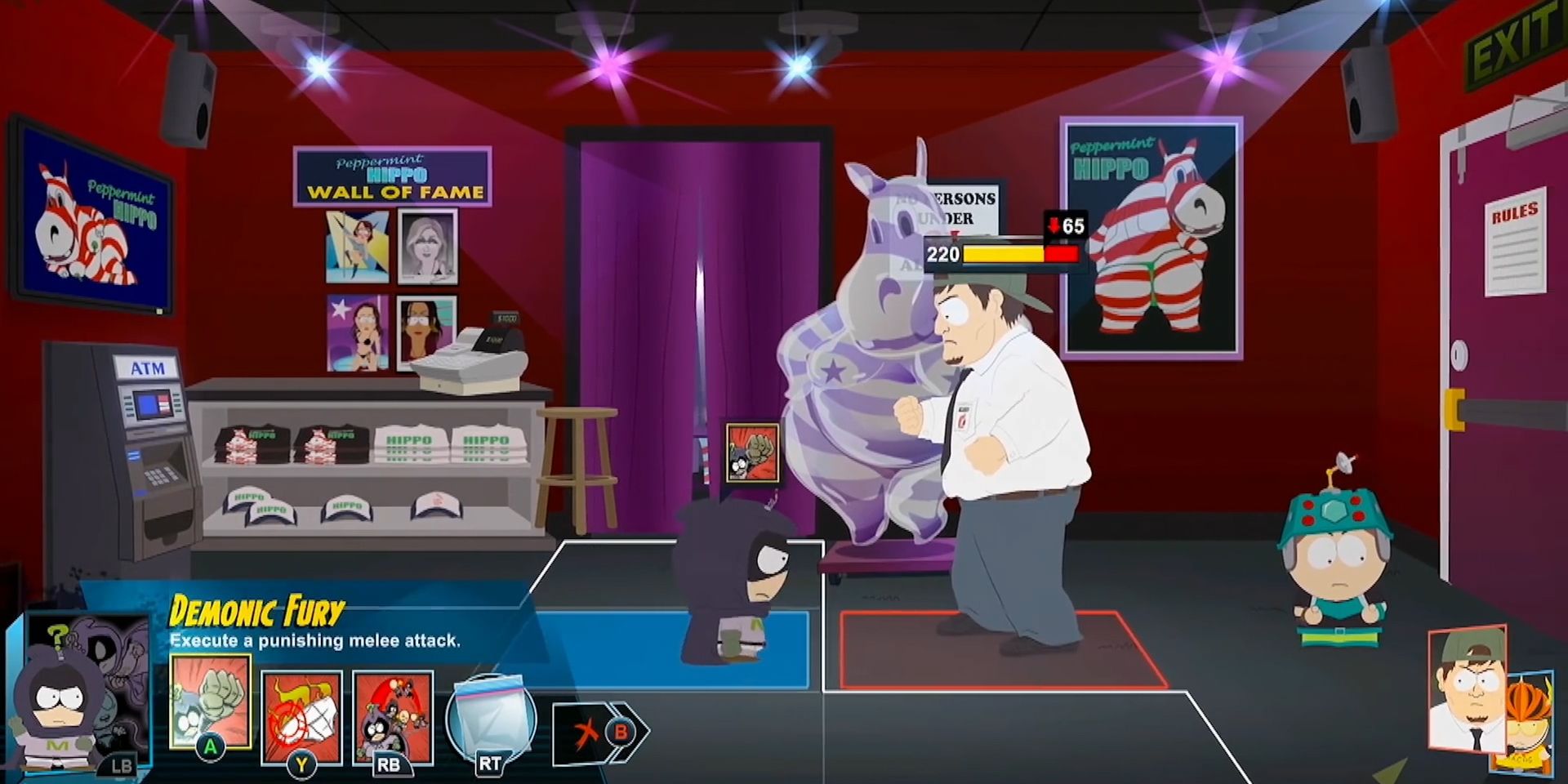When Trey Parker and Matt Stone, creators of the South Park series came out to announce that the property would be getting a triple-A video game adaptation, they did so by admitting what few would. In short, that all past adaptations from TV to video game had been, in a word, horrible. It was for that reason that the pair would be taking a more hands-on approach, and pursuing an experienced developer to create South Park: The Stick of Truth, a throwback to classic turn-based RPGs (that served as a competent entry in the genre).
The rave reviews proved the decision paid off, and with the world of South Park finally brought to gamers in the way they had always dreamed, a sequel was a no-brainer. A sequel that, in true South Park fashion, would reflect pop culture trends and sensations from top to bottom. And now that we've had the chance to play South Park: The Fractured But Whole for ourselves, this superhero send-up looks to be changing enough to delight fans - while improving the areas of the original game that wore thin over time.
The announcement of the game came at E3 2015, with the characters of the first game discovering - along with fans - that their next video game would be shedding the Lord of the Rings wrapper for those of the Marvel and DC Universes. But as the weeks turned to months, the idea that the developers (now Ubisoft San Francisco) would simply be delivering another award-winning version of the same experience began to seem uncertain. And with Fractured But Whole's full reveal and demo at E3 2016, it was outright stated that the one area of the game that was criticized would be getting some attention: the combat.
From Fantasy to Superheroes
We had the opportunity to see an extended version of that gameplay for ourselves during a recent Ubisoft preview prior to Gamescom, taking the recently-crowned New Kid/Douchebag into a brand new game of dress-up with the South Park stars, adapted from the TV show's Coon & Friends line-up. Unsurprisingly, the premise for the game - set immediately after Stick of Truth ends - is as much superhero as it is commentary, with the kids' divided in their own version of Marvel's Civil War over the correct path to film franchises, solo movies, team-ups, and Netflix adaptations.
Fortunately for players, the options offered to them are nowhere near as restrictive or divisive. Players are once again offered a choice of creating a new... New Kid in one of three classes to start (only the Speedster was available during our play session, so now confirmation of just how "brutish" the Brute class is). But unlike the previous game, the developers informed us, players will no longer be confined to a single path in terms of abilities or equipment/clothing.
They wouldn't go into specifics about just how much freedom there was in terms of mixing and matching abilities, classes, or gear and armor, but the message was clear: players had been forced to wear armor and use attacks they had little control over - and that will be changing this time around.
The Combat
While most of the content we played through was similar to (or preceding/proceeding) the gameplay demonstrated on stage at E3 2016, it wasn't until playing it for ourselves that the changes made to the combat system could actually be measured. For those who may have forgotten, the combat in The Stick of Truth relied on the classic turn-based attack pattern. Pick an attack, select a target (or targets), execute, and watch as the numbers, be they big or large, fly off as a result. Add in burritos and bottled water to revive health and power, and that was basically it: meaning boss or group battles were simply battles of attrition, remaining more or less the same from start to finish.
The most obvious change to Fractured But Whole is the ability to actually move during combat encounters (as explained, the decision reflected the shift from spell-casting, old school fantasy board games to kinetic, action-focused superhero brawls). Before selecting an attack, the fighter can move freely from one square of the fighting grid into another - granting the ability to not only launch new or different attacks, but employ some strategy along with the damage-dealing.
It isn't a reinvention of the wheel, of course; much like the streamlining of the UI and a stack of fighter cards reminding players of the order of attackers. Ranged characters must still be kept out of the thick of it due to lower health, and Tanks put on the front lines to absorb the blows. But it's the movement of not just your own fighters, but the competition that may help to keep things more interesting.
For instance: an attack from either mid or close range may deliver a superhero-worthy punch, but may also result in the opponent being knocked back, or knocked forward, closer to your own fighters and away from their own. Knock backs delivering additional damage when two teammates connect, and knocks forward opening up additional attacks.
Fighters can still only attack on a left-right plane, meaning obstacles (as seen in the above image) canceling out melee attacks and giving ranged fighters the edge. And believe us, you will want to make as many hits as possible, since each fills up the fighter's Ultimate ability (the bar in the top left corner), reserved for the most powerful - and insane - superhero attacks. And we do mean insane, with the writers and development team going for even more outlandish, more extreme attacks than the first time around. This is a superhero story, after all, and it wouldn't be in keeping with the source material if planet-level destruction wasn't at the player's fingertips (or the character's... cheeks).
For the most part, the combat is a logical step forward from the previous incarnation, shaped and refined in small, as opposed to massive shifts. Since the original system wasn't so much 'broken' as it was 'straightforward,' that's probably going to be enough for most players.
It's hard to believe the developers would so openly discuss the shortcomings or 'grind' that the fighting was eventually reduced to if they weren't eager to avoid the problem, but the most promise is being reserved for the unique encounters and the all-important (and unforgettable) boss battles.
It's those unique showdowns that now have even more tools in their box with which to torment, delight, and disgust the player. No details yet on just what villains may show up, or how the ability to flee, ambush, or surround said bosses will be used to the developers' advantage. But with a game boasting nearly twice as much content as the already-ambitious Stick of Truth, the many twists, turns, and sidequests have our hopes for not just the story, but combat up - not something we had expected to walk away from with anticipation.
Sadly, no samples of the Nosulus Rift were on hand for the demo.
Introducing the Nosulus Rift, the most immersive way to play #SouthParkGame. Yours to try at #UbiGamescomhttps://t.co/V5cagrCoBS— Ubisoft (@Ubisoft) August 12, 2016
South Park: The Fractured But Whole releases on December 6, 2016 for PC, PS4 and Xbox One.

